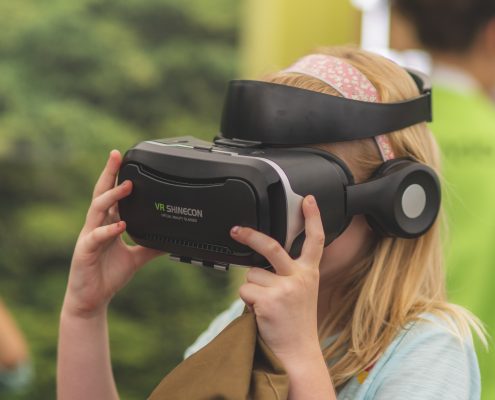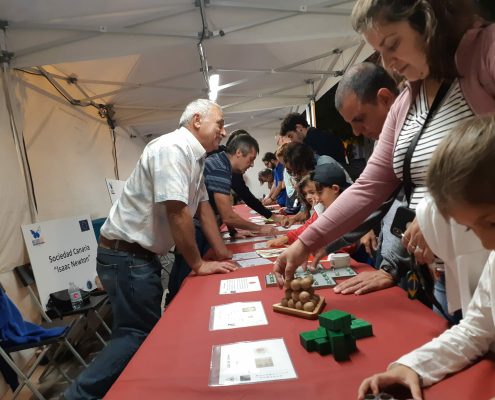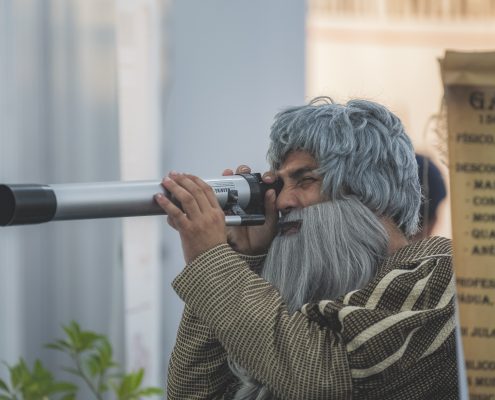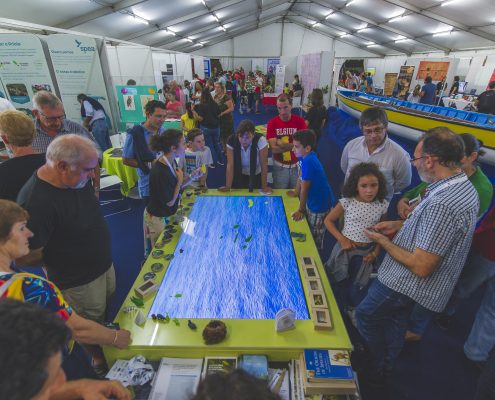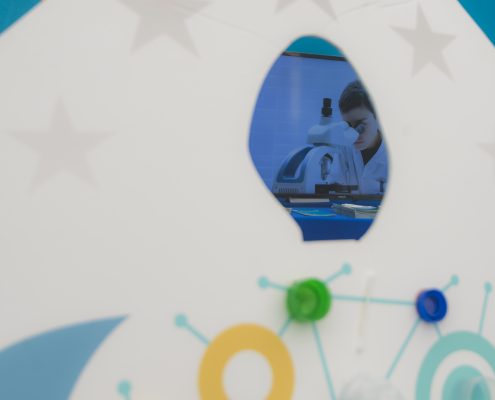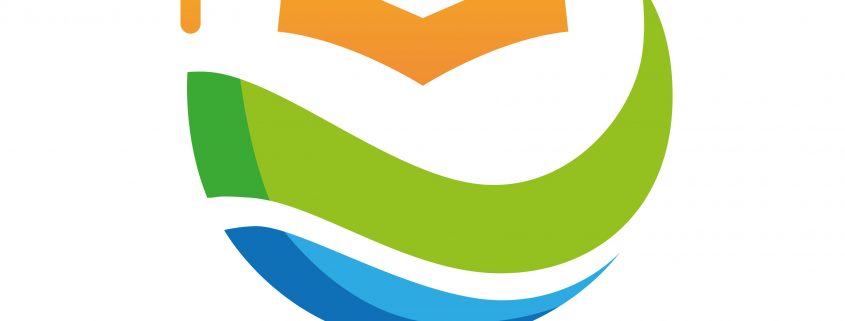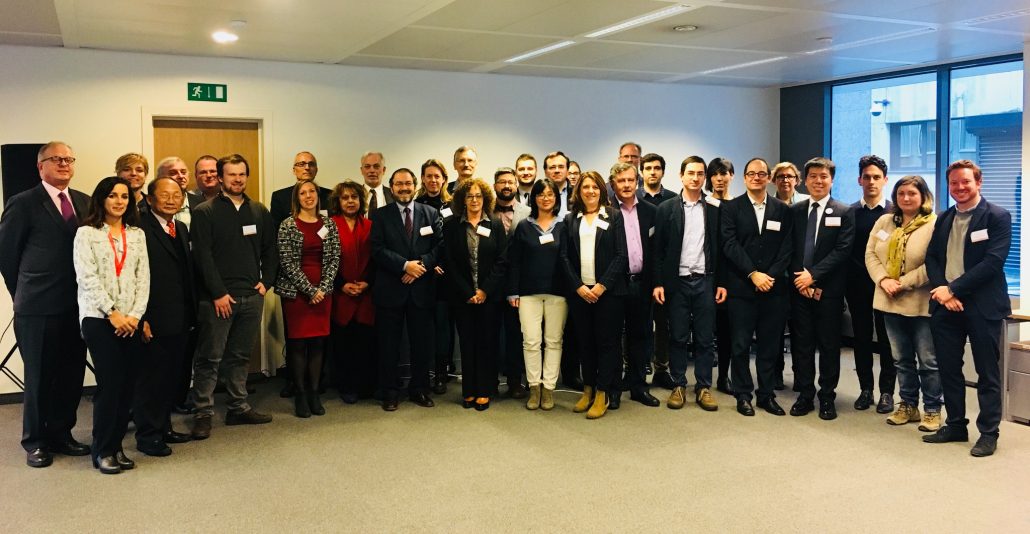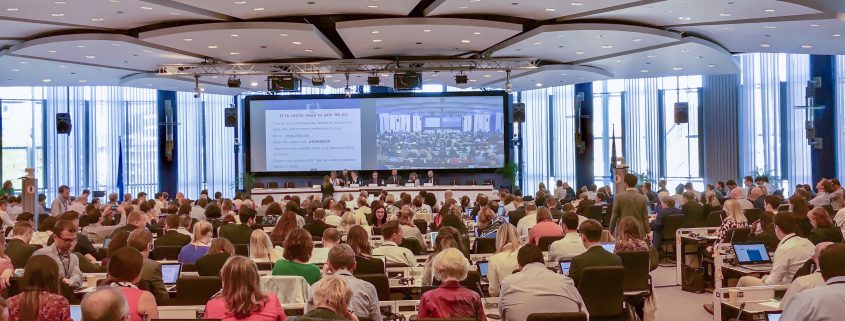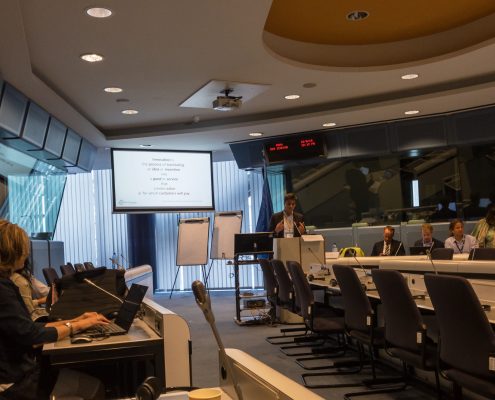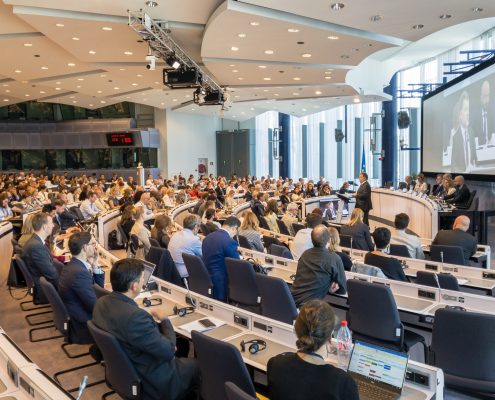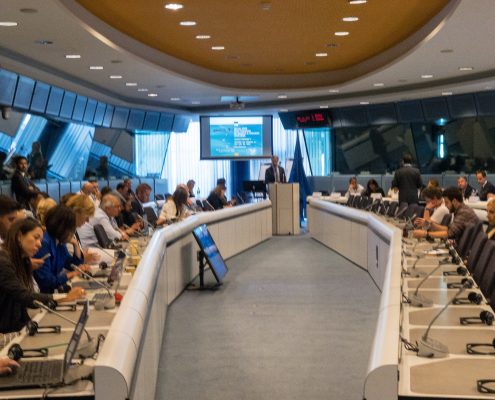¡VAMOS! Final consortium meeting & Final review meeting, Brussels
The ¡VAMOS! project, from where the consortium developed an innovative mining system, is now over. The final consortium meeting was held on the 30th of January and the final review meeting with the European Commission and the project reviewer on the 31st of January. Now it is time to wrap up the results and collect the fruits of future collaboration.
The consortium meeting brought together the project partners to discuss on the overall achievements during the past 4 years. The partners were very happy with what was achieved from this ambitious project. Discussions on the short and medium-term futures were held among the partners. It is essential to find a common ground to continue and exploit the results arising from this project.
On the other hand, during the review meeting, all the work done during the project was presented and scrutinized by the Project Officer and reviewer. Presentations covered topics such as policy, future research and stakeholder engagement (where LPRC participated) and others on the actual development of the technology – the mining machine, EVA and the LARV, amongst others. The consortium got a very positive feedback from the work done, which certifies the value of these 4 years for all the partners.
LPRC is pleased to have been able to be part of such a consortium and project. Our role on Policy, Stakeholder engagement, Dissemination and Future research prospects helped the project in many ways. We hope the future is bright for ¡VAMOS!
Read more about the outcomes and future of ¡VAMOS!: http://vamos-project.eu/the-outcomes-and-the-future-of-the-vamos-project/
Watch the final ¡VAMOS! video – ¡VAMOS! project movie

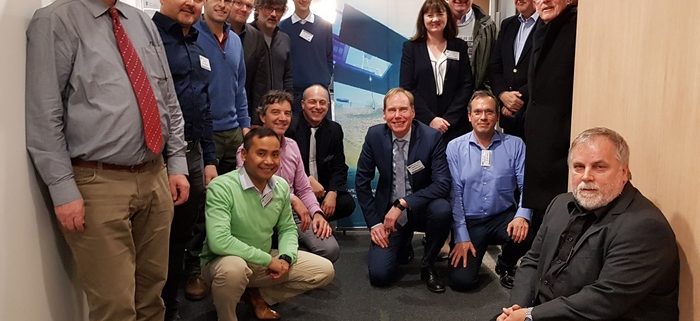
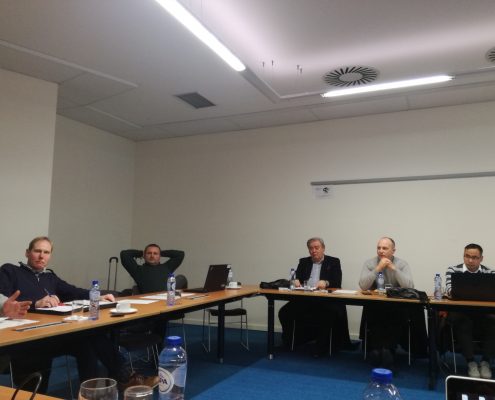
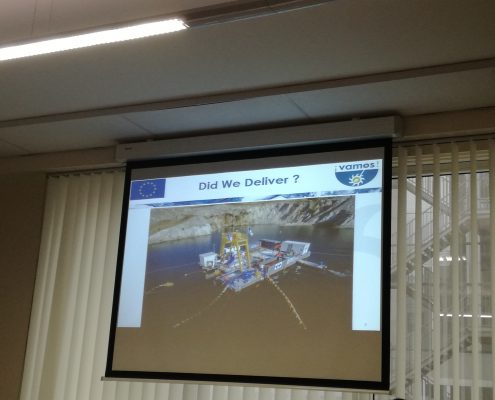
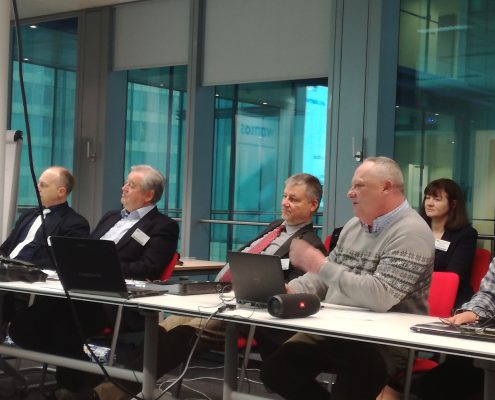
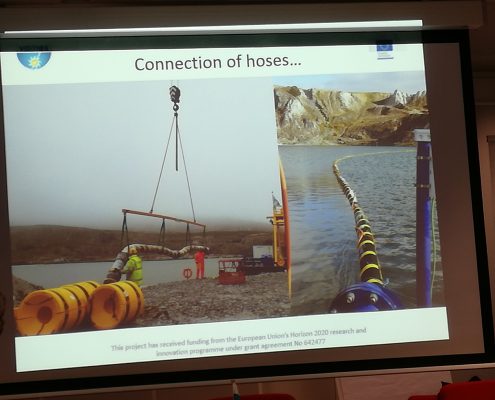
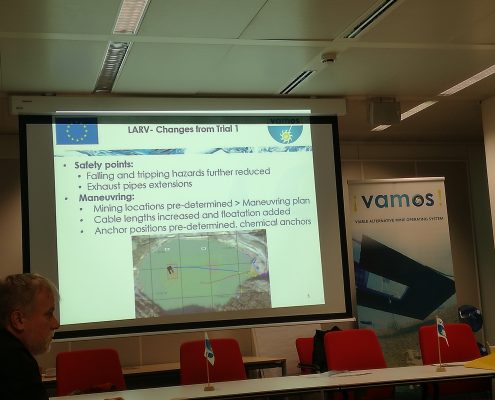
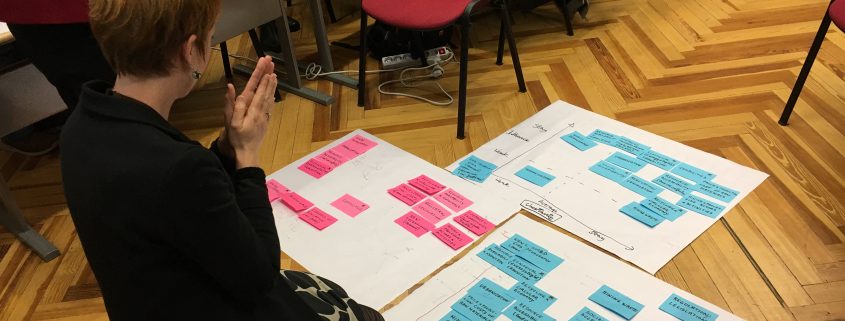
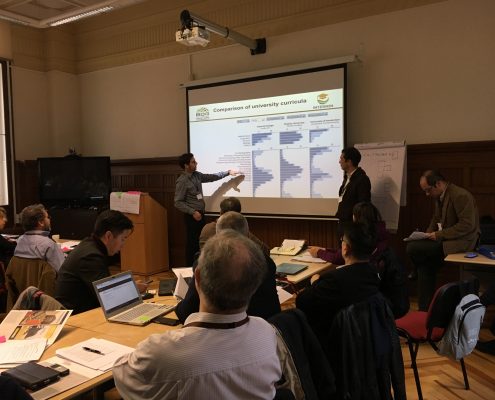
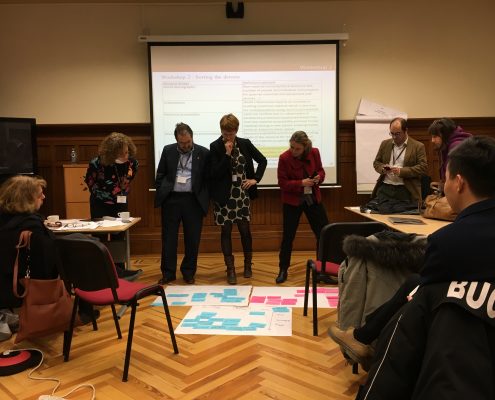
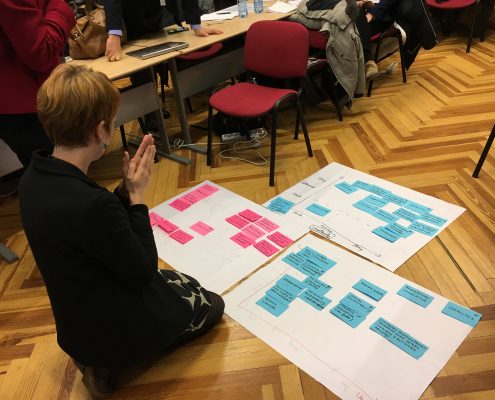
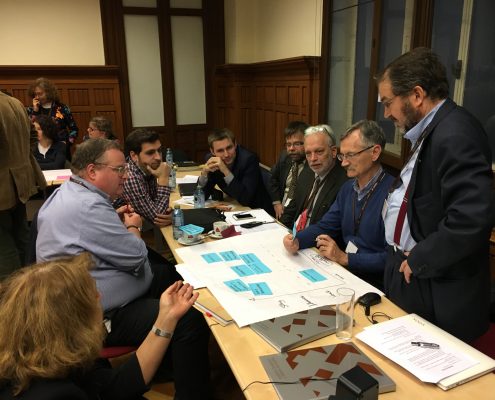
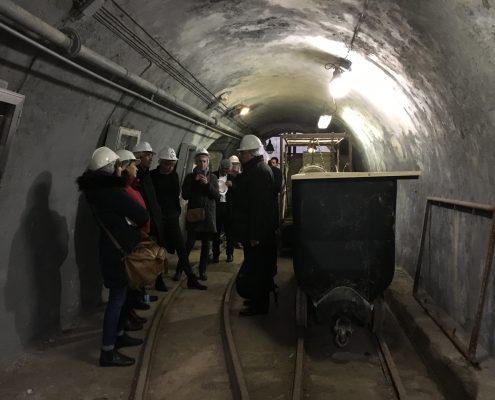
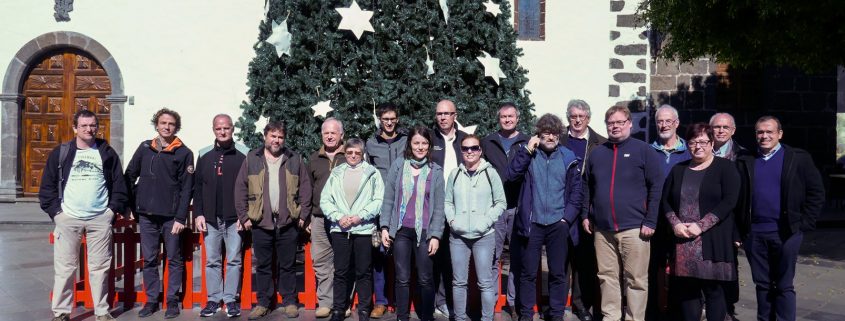
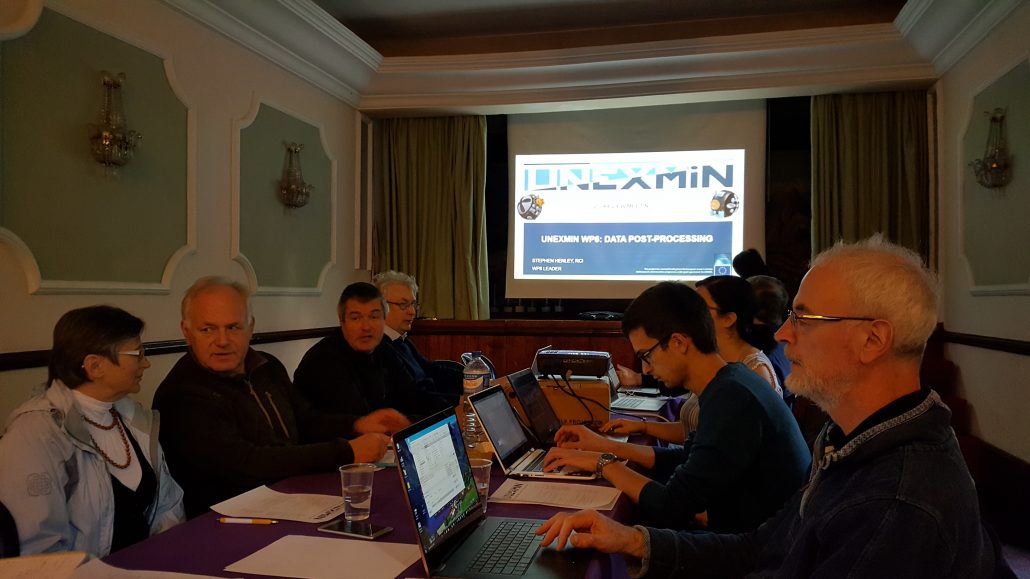
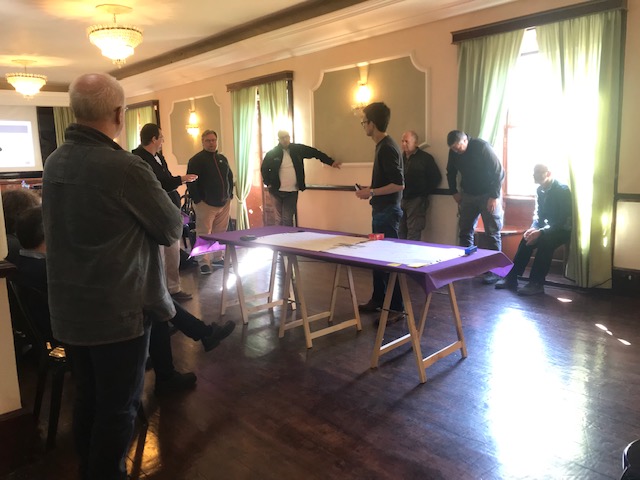
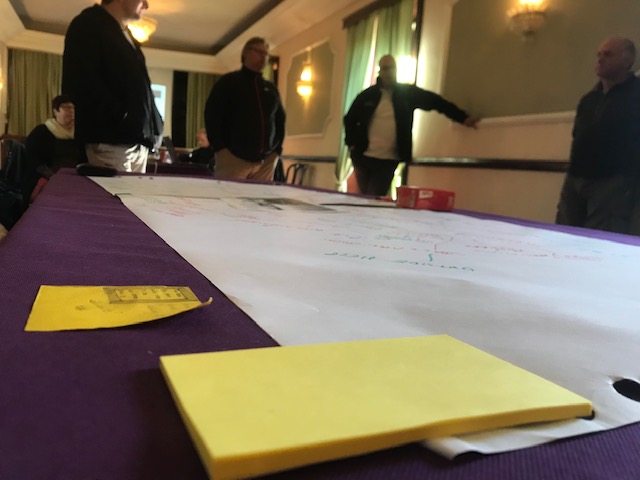
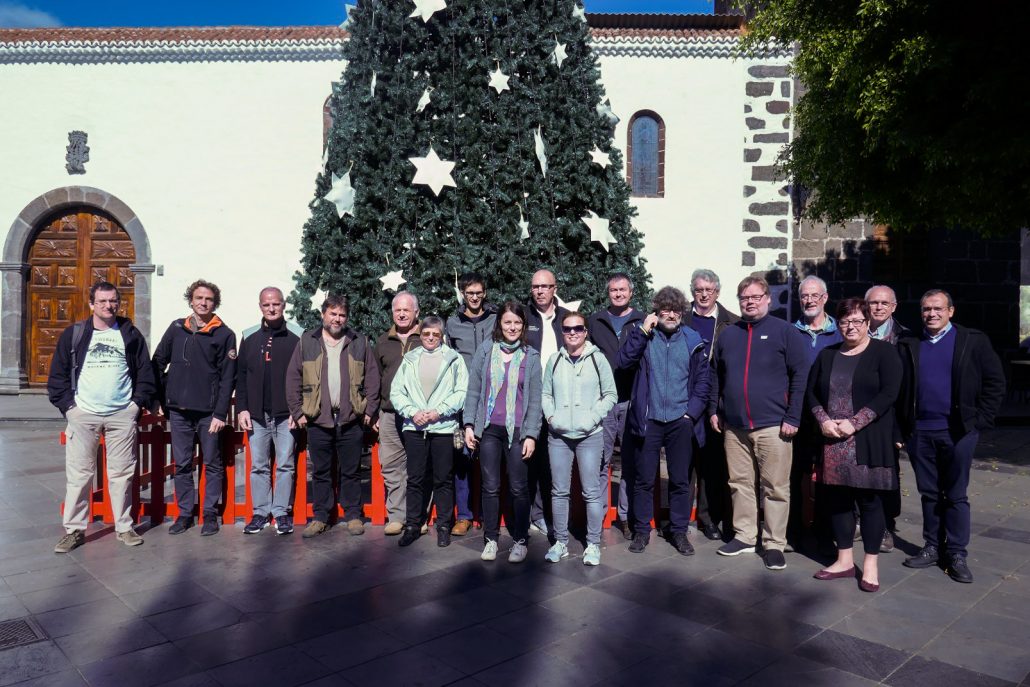
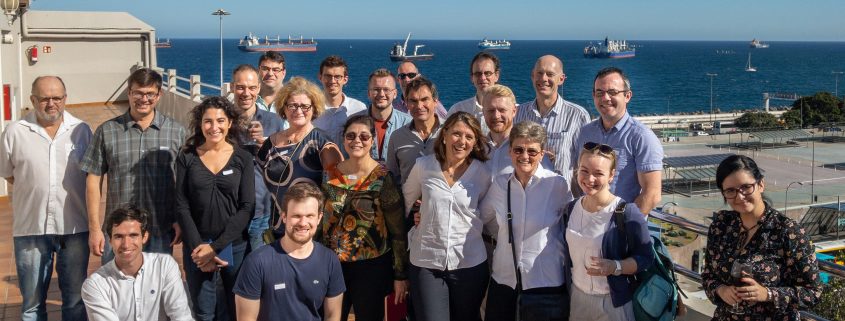 Tamas Miklovicz
Tamas Miklovicz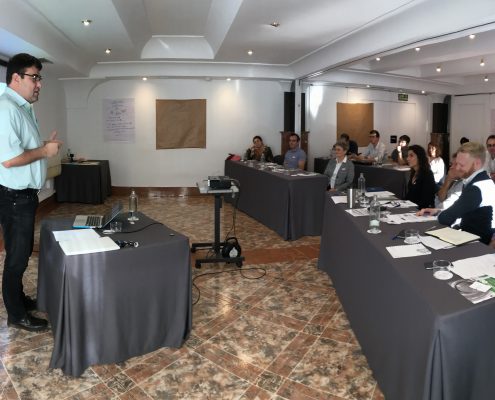
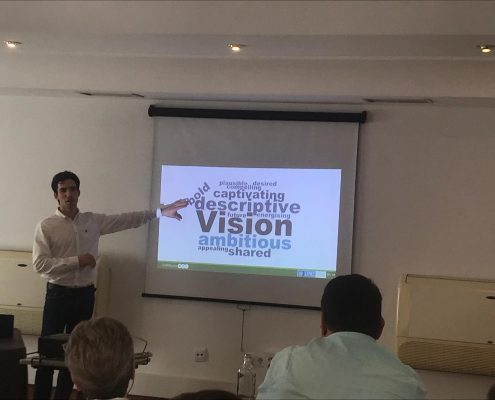
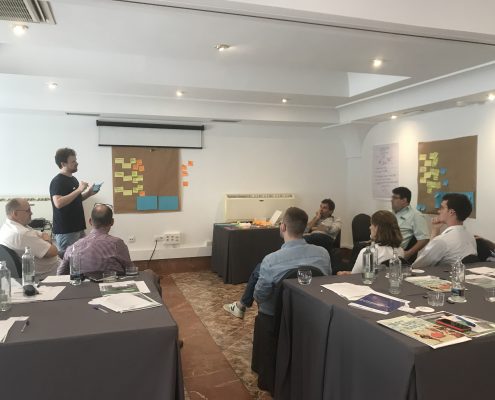
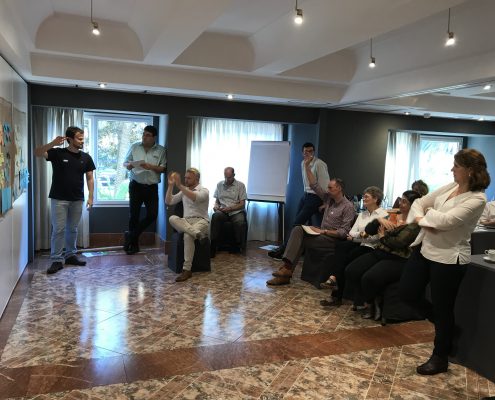
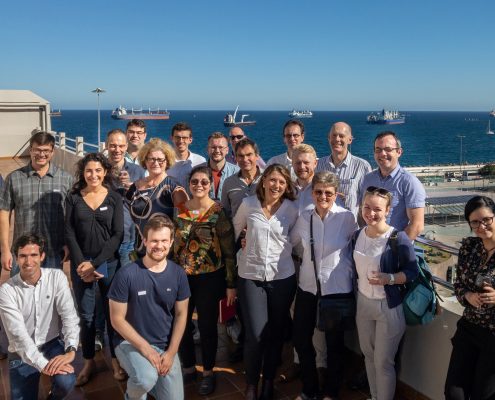
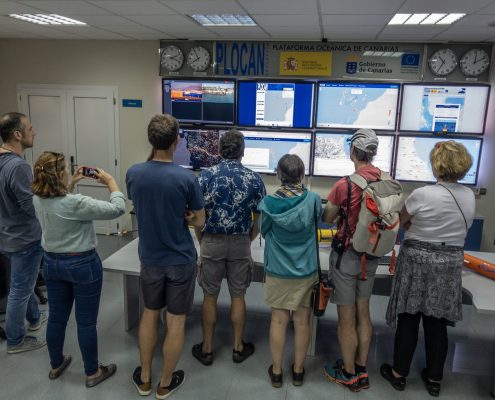
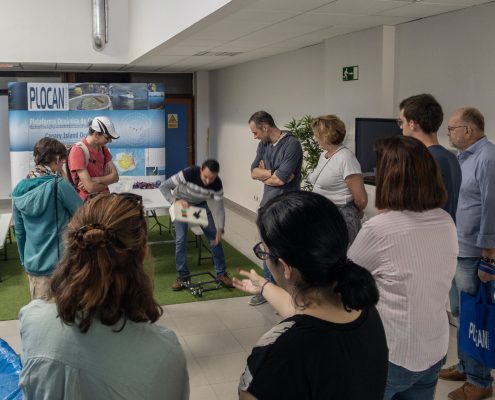

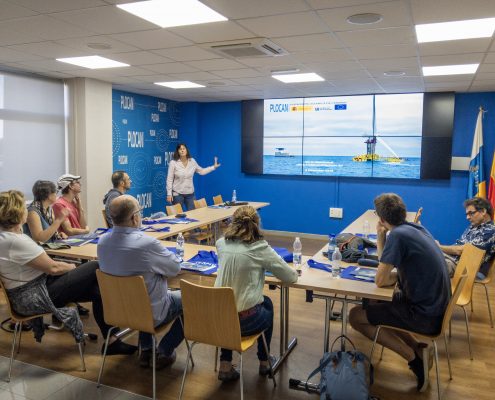
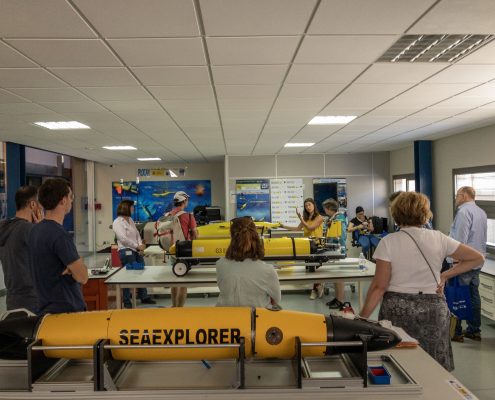
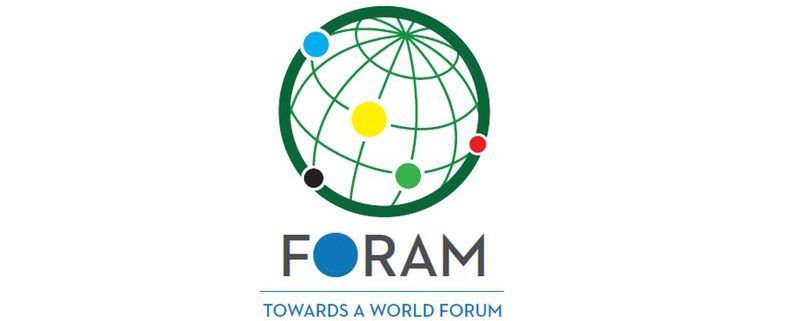
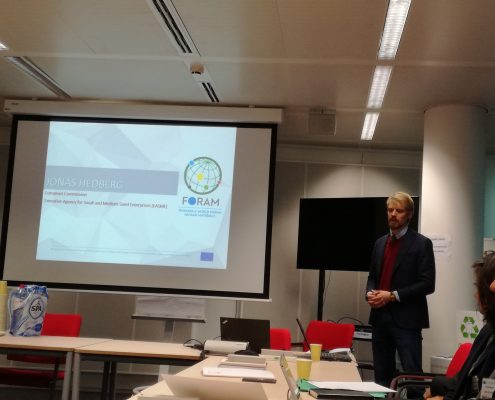
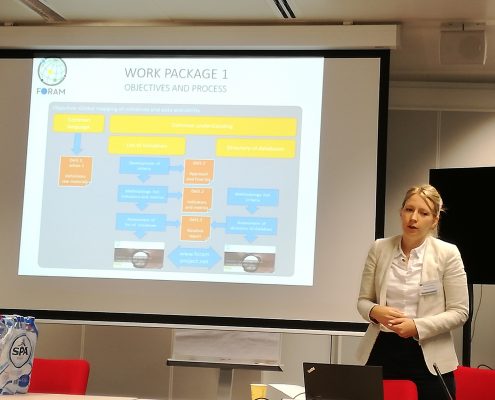

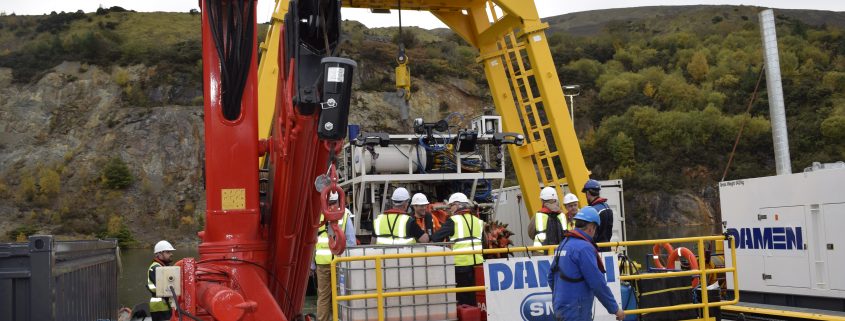

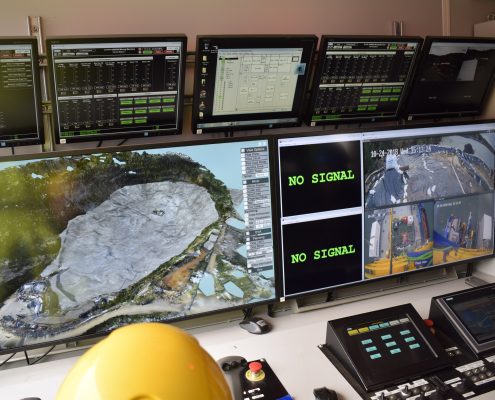
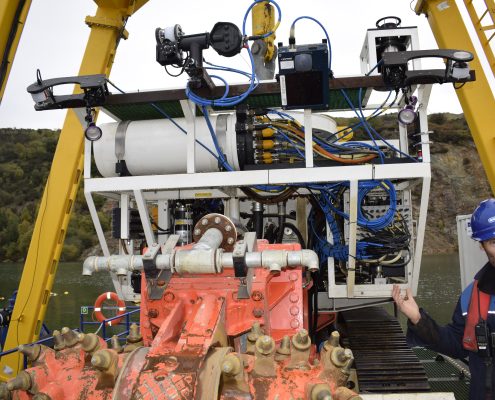
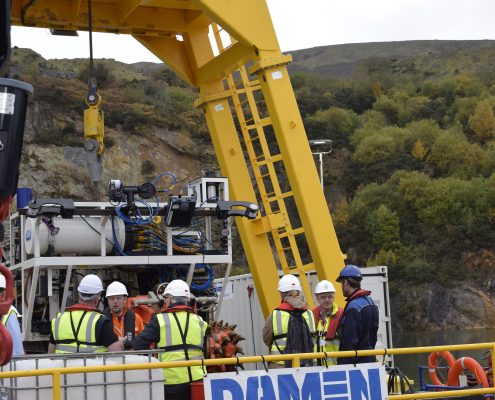
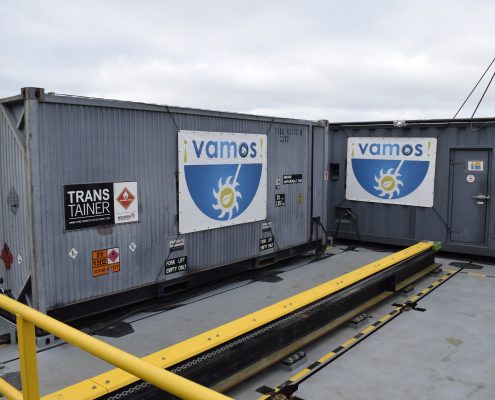
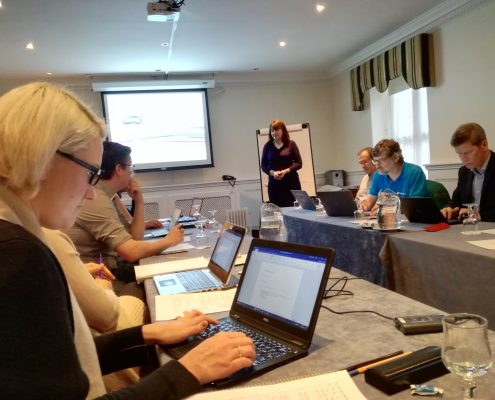
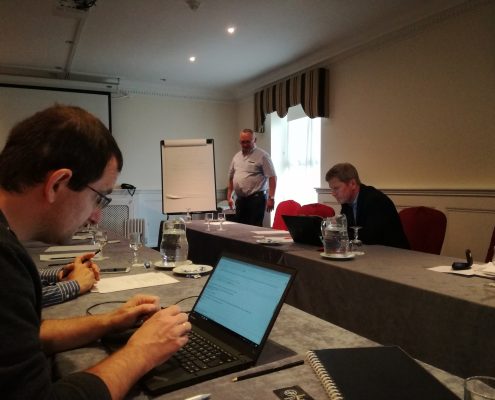
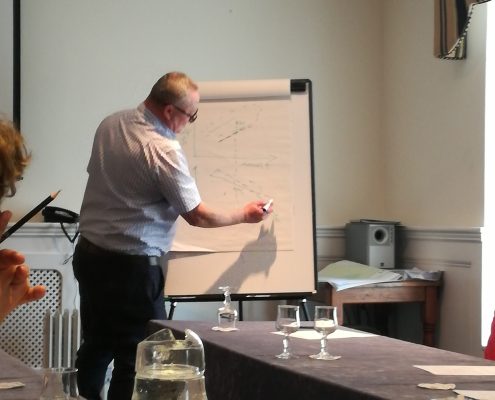
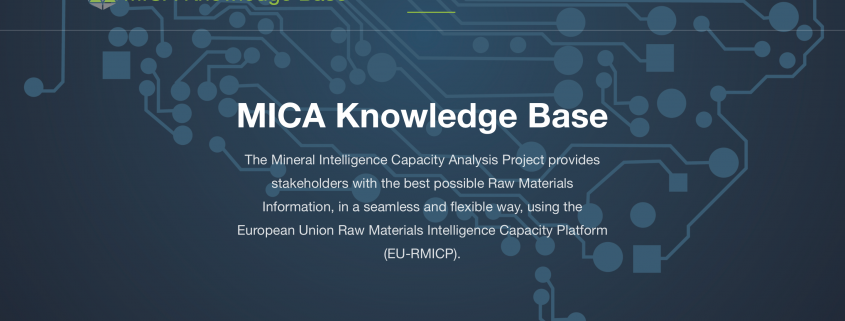
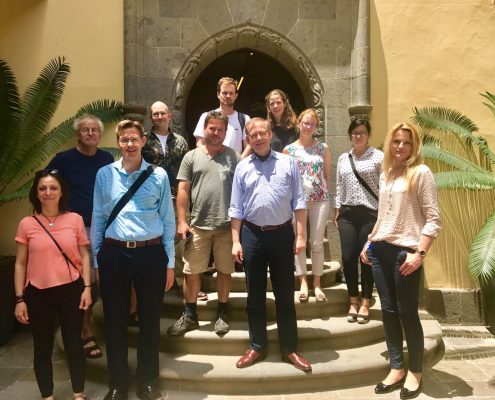
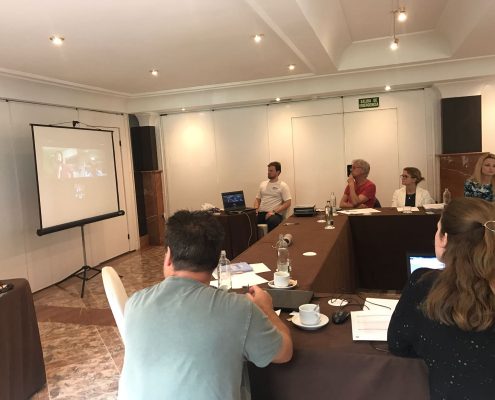
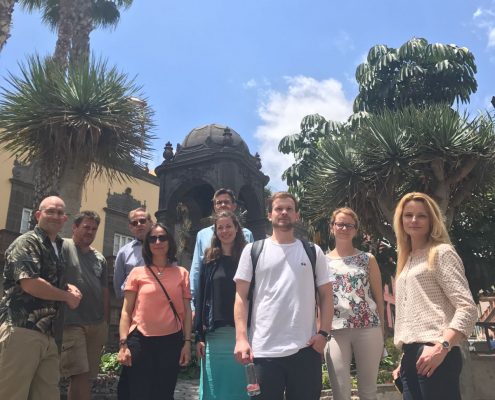
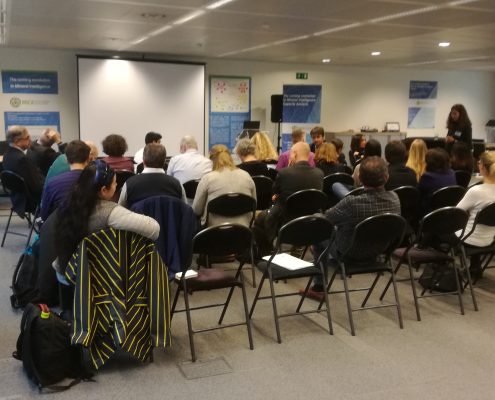
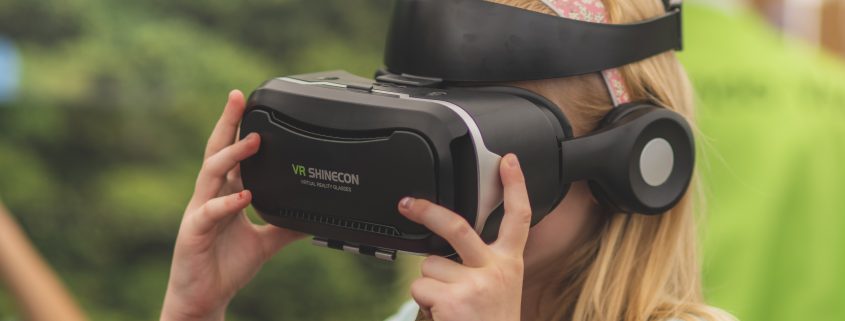 F: Verónica Lalanda (c) ContraTempo.com
F: Verónica Lalanda (c) ContraTempo.com